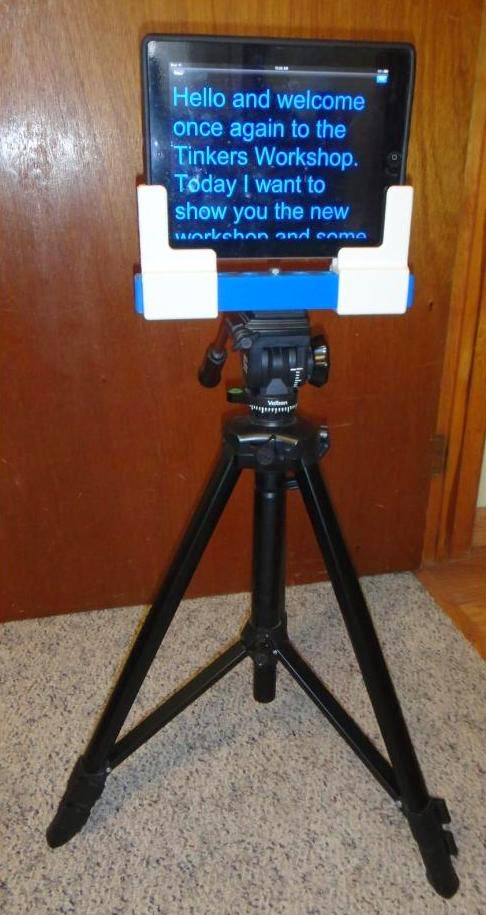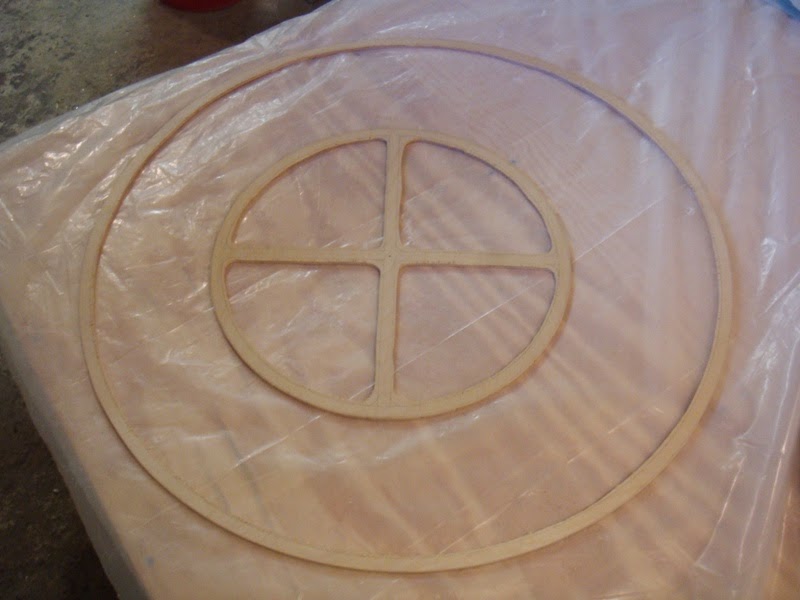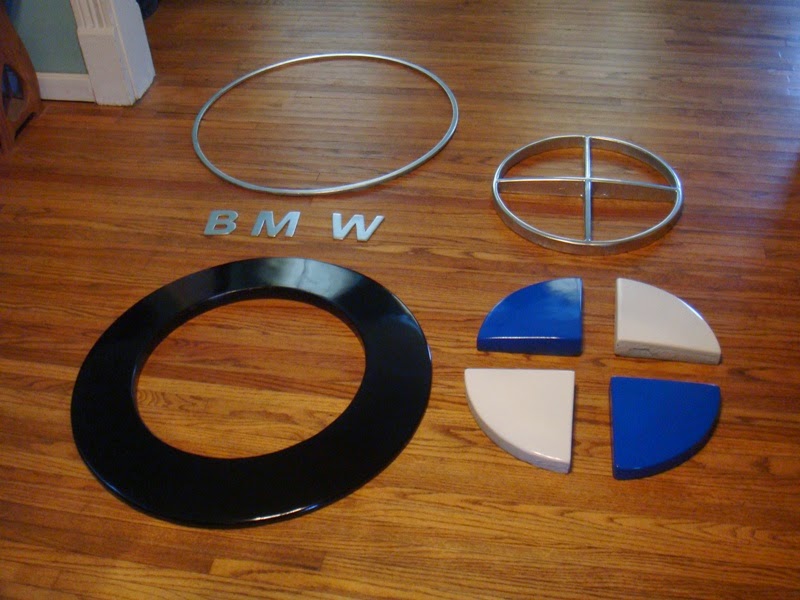I've been busy working on the new improved paint pole camera mount project that I post about a couple of days ago. I managed to get the four 3D printed parts made in quick order and they turned out great. I always make some test parts when I have an assembly that needs to be made using my 3D printer and this project was no exception. I wanted to make sure assembly and dis-assembly of the tilt head worked properly. I hate to print a part for three hours and find out that it does not fit right because of a hole that was to small to fit a bolt through. Worth the effort to make a test part first.
The tilt head that I designed on my first paint pole camera mount had a friction fit tilt head on it. This was okay but the wing nut holding the head at any angle needed to be cranked down pretty tight in order to work. With this design I eliminated this problem and instead designed the tilt head with a series of holes that were lined up with a locking pin mounted in a vertical arm. This arm holds the locking pin in place.
The tilt head pivots on a single 1/4" carriage bolt and has seven holes aligned in a semi-circle to match up to the locking pin. The head can be tilted up or down as much as 45 degrees using the seven holes in the tilt head. Each hole will tilt the head 15 degrees at a time. The carriage bolt only needs a wing nut on the end to hold this bolt in place and no longer has to be cranked very tight to work. The tilting assembly is bolted to the paint pole mount using a standard 1/4" bolt and the pole mount then screws on to any standard paint pole.
Here the new design is completely assembled and ready for use. On the very top of the mount is a quick release camera mount that makes it simpler for me to add or remove my digital camera or my video camera. The aluminum rods that stick out of the paint pole mount are used when I want to bring the camera and it's mount down from shooting. This way when I want to rest the assembly on the ground my camera will not touch the ground and be safer when I need to adjust anything. Little rubber tips protect the tips of the aluminum rods and give the assembly a nice finished look.
My efforts to keep the design clean and uncluttered paid off with the way the assembly turned out using my 3D printer. With a single wing nut to loosen, I can pull the assembly, adjust the tilt head angle, and reassemble it all in less than a minute.
With the use of a carriage bolt to hold the tilt head in position the locking pin is hidden inside the vertical arm when everything is assembled. A nice clean look. You can see the holes in the tilt head for the various angles that it can be rotated to. Also the vertical arm slides in nicely into the tilt head base with the use of small extrusions on the lower sides of the part. These match up perfectly with the female indentations on the base.
I have all of the parts order now for the video monitor and various hardware that I will need to connect to my video camera when I am using this assembly. Hopefully everything will be here in the next couple weeks. Then I will be able to work out the design to mount the video monitor to the paint pole as well. The monitor will be connected to my video camera using a 10 foot HDMI cable. and be powered by a small rechargeable battery. Should be a pretty slick setup once I get it all together. Stay tuned for further developments and have a good day in your workshop!










































